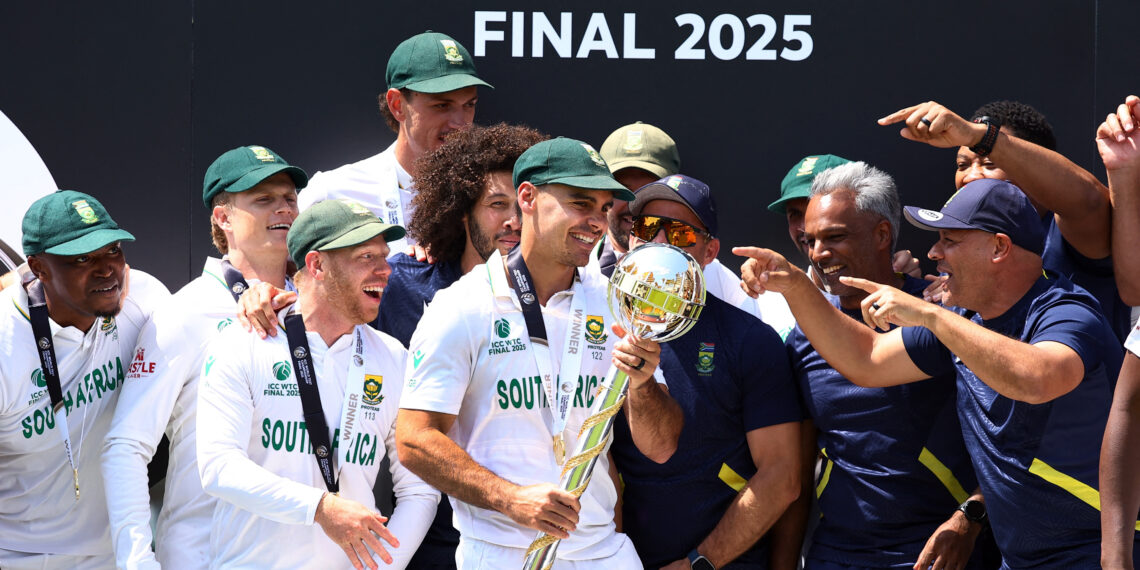The landscape of international Test cricket stands at a crossroads as the International Cricket Council (ICC) contemplates a revolutionary change that could fundamentally alter the fabric of the longest format. Recent developments from the ICC’s Annual General Meeting in Singapore suggest that the governing body is seriously considering implementing a cap on the number of teams eligible to play Test cricket after the current World Test Championship (WTC) 2025-27 cycle concludes in June 2027.
Table of Contents
The Financial Reality Behind Test Cricket’s Crossroads
The driving force behind this potential restructuring lies in the harsh economic realities facing modern cricket. While the WTC has brought renewed excitement to Test cricket through its championship format, the underlying financial challenges remain stark. The ICC appears ready to adopt what insiders are calling the “money method” – determining Test cricket participation based on each nation’s ability to generate revenue from the format.
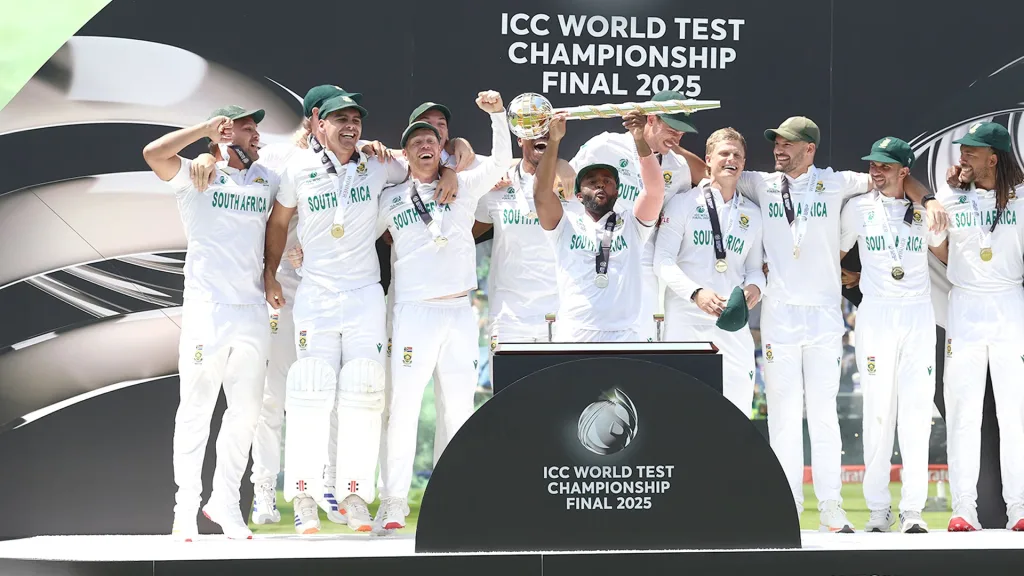
This pragmatic approach reflects the sport’s evolution into a commercially-driven enterprise where financial sustainability takes precedence over traditional cricket values. The decision carries profound implications for cricket’s global reach and the dreams of emerging nations seeking to establish themselves in the game’s most prestigious format.
Current WTC Landscape and Participation
The ongoing WTC 2025-27 cycle features nine full-member nations competing across 27 bilateral Test series comprising 71 matches. The tournament began on June 17, 2025, with Sri Lanka hosting Bangladesh, while England and India are set to battle in a five-match series across iconic venues including Headingley, Edgbaston, Lord’s, Old Trafford, and The Oval.
However, this format may represent the final opportunity for several nations to compete at cricket’s highest level. The ICC’s potential restructuring threatens to create a two-tiered system that could exclude financially struggling boards from Test cricket participation.
Teams at Risk: The Financial Divide
The proposed changes would create winners and losers based primarily on economic considerations rather than cricketing merit. The analysis reveals a concerning pattern where cricket’s powerhouses remain secure while smaller nations face uncertain futures.
Safe Zones: The Big Three and Beyond
India, Australia, and England – cricket’s traditional “Big 3” – appear immune to any potential cuts due to their massive revenue-generating capabilities. These nations consistently draw large crowds, command substantial broadcasting deals, and generate significant commercial interest. Pakistan and New Zealand also appear relatively safe, having established sustainable economic models for their Test cricket operations.
Vulnerable Nations: Financial Struggles Exposed
Several Test-playing nations face genuine threats to their participation in the format’s future. The West Indies, despite their rich cricket heritage and historical dominance, reportedly lose money when hosting red-ball matches. This financial reality places one of cricket’s most celebrated Test nations in jeopardy.
Zimbabwe and Ireland represent particularly vulnerable cases, with both boards struggling to generate sufficient revenue from Test cricket to justify continued participation under the ICC’s proposed economic criteria. Even South Africa, despite their recent WTC triumph, faces financial challenges that could impact their long-term Test cricket viability.
The Two-Tier System Proposal
The ICC has been actively discussing the implementation of a two-tier structure for Test cricket, with a decision expected by the end of 2025. This system would create distinct divisions based on financial viability and performance metrics, potentially relegating struggling nations to a lower tier with reduced opportunities for high-profile bilateral series.
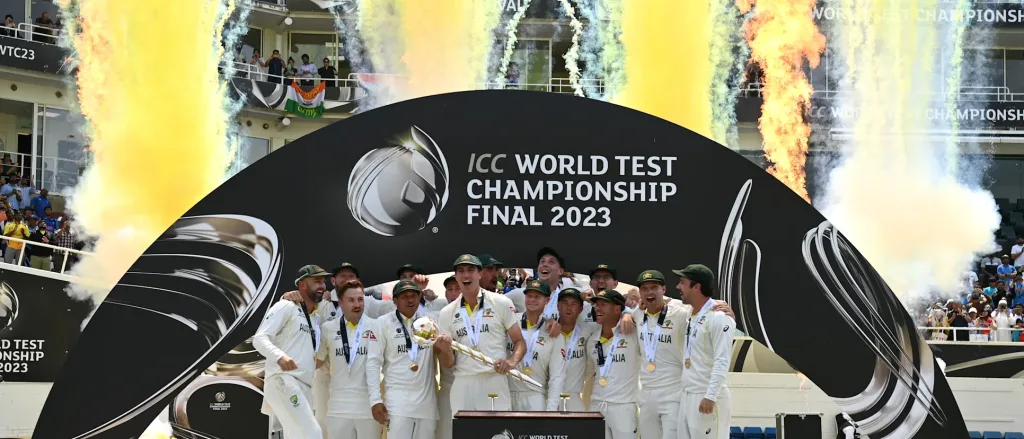
ICC Chairman Jay Shah will receive interim findings on this matter from Cricket Australia, the England & Wales Cricket Board, six other cricket boards, and new ICC CEO Sanjog Gupta by year’s end. These findings will likely determine which nations retain their Test status and which face demotion or exclusion entirely.
Historical Context: Test Cricket’s Evolution
Test cricket has undergone significant expansion since its inception in 1877 with the first match between Australia and England. The format has grown to include twelve full-member nations, with Afghanistan and Ireland being the most recent additions in 2018.
Complete List of Current Test Nations
| Team | Test Status Granted | Years of Participation |
|---|---|---|
| Australia | March 15, 1877 | 148 years |
| England | March 15, 1877 | 148 years |
| South Africa | March 12, 1889 | 136 years |
| West Indies | June 23, 1928 | 97 years |
| New Zealand | January 10, 1930 | 95 years |
| India | June 25, 1932 | 93 years |
| Pakistan | October 16, 1952 | 73 years |
| Sri Lanka | February 17, 1982 | 43 years |
| Zimbabwe | October 18, 1992 | 33 years |
| Bangladesh | November 10, 2000 | 25 years |
| Ireland | May 11, 2018 | 7 years |
| Afghanistan | June 14, 2018 | 7 years |
Impact on Global Cricket Development
The potential implementation of a Test cricket cap raises serious questions about the sport’s commitment to global development. Countries like Afghanistan and Ireland, who recently achieved Test status after years of development work, could find their participation threatened before they’ve had adequate opportunity to establish themselves in the format.
This approach contradicts cricket’s stated goals of global expansion and could create a glass ceiling for associate nations aspiring to Test status. The decision may also impact the sport’s inclusion in future Olympic Games, where global representation and participation are key criteria.
The WTC Format’s Role in This Decision
The World Test Championship, designed to provide context and meaning to bilateral Test series, has achieved mixed results in terms of generating additional revenue for participating nations. While the format has created compelling narratives and increased fan engagement, it hasn’t solved the fundamental economic challenges facing smaller cricket boards.
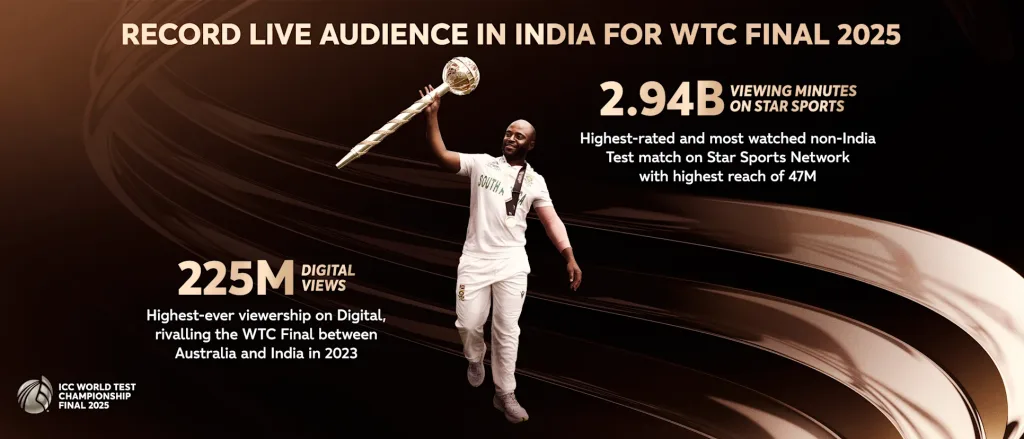
South Africa’s recent triumph in the WTC 2023-25 final, where they defeated Australia by 5 wickets at Lord’s to claim their maiden championship, exemplifies the competitive balance that could be lost under a restrictive system.
Current WTC 2025-27 Structure
| Component | Details |
|---|---|
| Teams | 9 full-member nations |
| Series | 27 bilateral series |
| Matches | 71 total matches |
| Duration | June 2025 – June 2027 |
| Final Venue | Lord’s, London |
| Format | Top 2 teams qualify for final |
Industry Reactions and Concerns
The proposed changes have generated significant debate within cricket circles. Traditionalists argue that Test cricket’s value extends beyond mere financial returns, encompassing cultural heritage, player development, and the sport’s integrity. They contend that reducing the number of Test-playing nations would diminish cricket’s global appeal and create an elitist system that contradicts the sport’s inclusive values.
Progressive voices, however, acknowledge the harsh realities of modern sports economics. They argue that financially unsustainable Test cricket operations ultimately harm both the format and the nations involved, creating a cycle of declining standards and reduced competitiveness.
Alternative Solutions and Pathways Forward
Rather than implementing outright caps on Test participation, cricket stakeholders are exploring alternative solutions to address the format’s financial challenges. These include revenue-sharing mechanisms, centralized marketing initiatives, and innovative broadcasting arrangements that could make Test cricket more viable for struggling nations.
The ICC could also consider a promotion-relegation system that maintains opportunities for all nations while ensuring competitive standards. This approach would preserve the aspirational element of Test cricket while addressing quality and financial concerns.
Looking Ahead: The December Deadline
The cricket world awaits the crucial findings expected by December 2025, which will shape the sport’s future landscape. ICC Chairman Jay Shah faces the challenging task of balancing financial pragmatism with cricket’s traditional values and global development objectives.
The decision will likely influence not only which nations continue playing Test cricket but also how the format evolves to meet contemporary commercial demands while preserving its unique character and appeal.
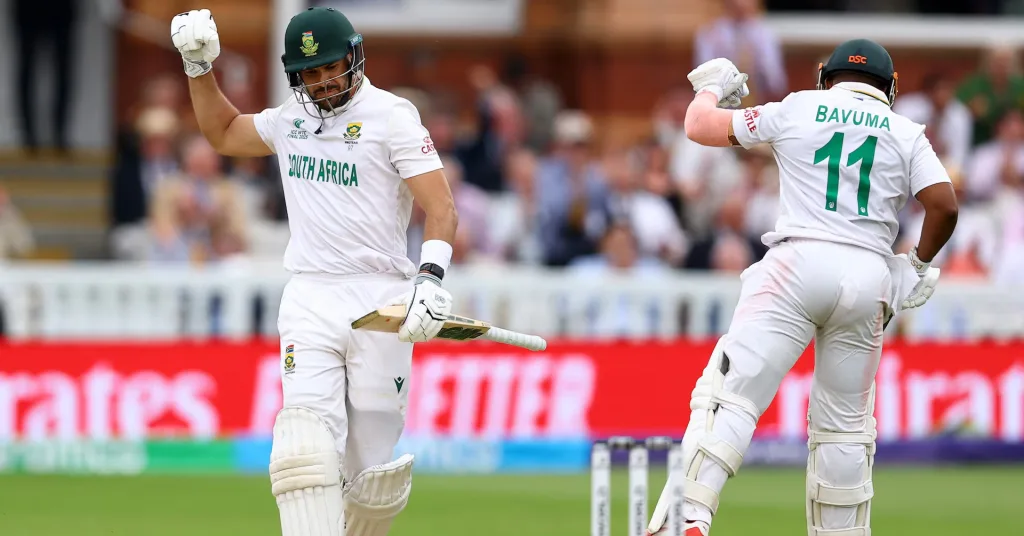
The outcome of these deliberations will determine whether the WTC 2025-27 cycle represents a new beginning for Test cricket or the end of an era for several nations that have contributed significantly to the format’s rich tapestry. As cricket grapples with these fundamental questions, the sport’s stakeholders must carefully weigh the benefits of financial sustainability against the risks of excluding nations that embody cricket’s diverse global community.
The next few months will prove crucial in determining whether Test cricket emerges from this crossroads stronger and more sustainable, or whether the pursuit of financial viability ultimately diminishes the format’s global reach and cultural significance.
FAQs
When will the ICC decide on the Test cricket cap?
The ICC is expected to receive interim findings by the end of 2025, with a final decision on the two-tier system and potential caps likely to be made before the current WTC 2025-27 cycle concludes in June 2027.
Which teams are most likely to lose Test status under the proposed cap?
Teams facing potential exclusion include those that struggle financially with Test cricket, particularly the West Indies (who lose money hosting red-ball matches), Zimbabwe, Ireland, and potentially others that cannot generate sufficient revenue from the format.
How many teams currently have Test cricket status?
Currently, 12 nations hold full Test status: Australia, England, South Africa, West Indies, New Zealand, India, Pakistan, Sri Lanka, Zimbabwe, Bangladesh, Ireland, and Afghanistan, with the newest members gaining status in 2018.
What is the “money method” the ICC plans to use?
The “money method” refers to the ICC’s proposed approach of determining Test cricket participation based on each nation’s ability to generate revenue from hosting and playing Test matches, prioritizing financial sustainability over traditional cricket considerations.
Could the WTC format be affected by these changes?
Yes, if the ICC implements a cap on Test teams, the WTC format would need significant restructuring, potentially reducing from the current nine participating nations to a smaller number, which could impact the tournament’s global appeal and competitive balance.

